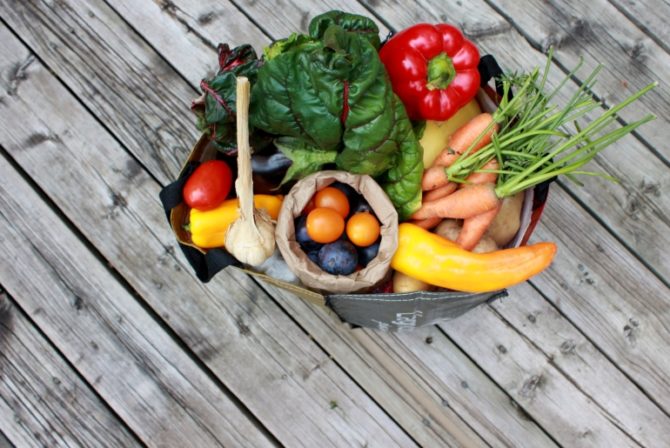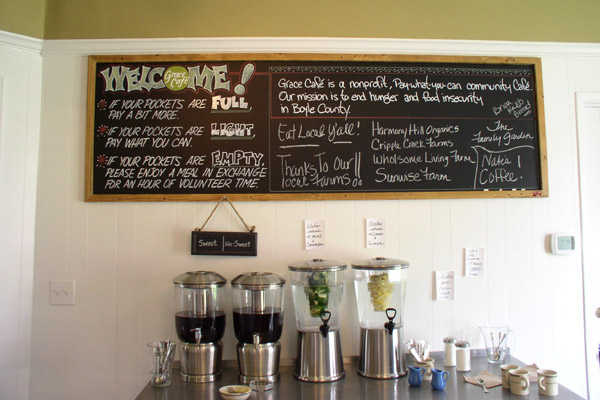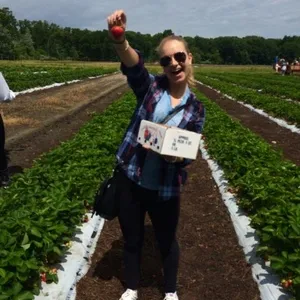Most of us foodies take for granted the ability and luxury to go out for brunch on the weekend or to dinner to celebrate a birthday with friends. It’s important to sometimes stop to think about how lucky we are to be able to this often and effortlessly. About 14% of the nation lacked access to sufficient food and nutrition in 2014, 17.4 million U.S. households were food insecure at some point during that year.

Photo by Carolyn Chin
It’s hard to know exactly what to do to make a difference when hearing numbers like that. So, there’s something to be said about the restaurant model that aims for a sense of community and inclusion of anyone and everyone who wants and needs a good meal.
Pay-what-you-can restaurants should inspire us all in some way to make a difference and to build our communities, whether it’s finding a local restaurant and volunteering, just dining at it, or practicing the values of the restaurants in our lives and communities.
What They Are

Photo courtesy of gracecafeky.com
At a pay-what-you-can restaurant, the goal is to feed a community and bring people together. Diners receive menus that have suggested prices, but are not expected to pay a certain amount, nor are they expected to pay at all. These restaurants work in a way that allows those who need food to be supported by those who can opt to pay an extra few dollars on their bill.
Another option sometimes offered is to work in the restaurant as payment of the meal. Some of these restaurants’ costs are offset by grants, donations, celebrities or larger foundations who create them. For example, Soul Kitchen in Red Bank, NJ, was created by Bon Jovi.
There are 48 Panera Cares Cafes around the country based off of the Panera Bread Foundation. Some restaurants are more mom-and-pop, success stories of selfless individuals who work hard to encourage a sense of community.
Values to Learn

Photo courtesy of foco.com
The concept of pay-what-you-can is based on honesty and the efforts of those able to pay or willing to work. In some restaurants the patrons can choose their own portion size. This creates options for those on a tighter budget, as well as healthier options. Using seasonal foods is another technique sometimes implemented to offset costs at these restaurants.
The biggest value enveloped within the concept is the sense of community. Anyone and everyone is invited into these places to all share the same experience. Young or old, coming from a lot or a little, everyone shares a community table and is encouraged to engage. It builds community among one another and through food, something we can all enjoy.
You may not know who is paying for their meals, and that’s by design. Serving with dignity to all of those who join allows for an experience unmatched elsewhere for many who come. It doesn’t really matter, anyway.
All that matters is diners have something in common with the person they’re sitting next to. The menus are all the same. Food doesn’t discriminate, it’s the people around who sometimes do. The pay-what-you-can model is something we can all learn from and extrapolate to fit our communities.
Whether it’s by spending time sitting at a community table and getting to know someone new, delivering your doggy bag of leftovers to someone in need, or volunteering and bridging the gap between other community members, food will always be something that can bring people together.
Want to find a pay-what-you-can restaurant near you? Check out Community Cafes: One World Everybody Eats, Panera Cares, Bon Jovi’s Pay-What-You-Can Eatery.


